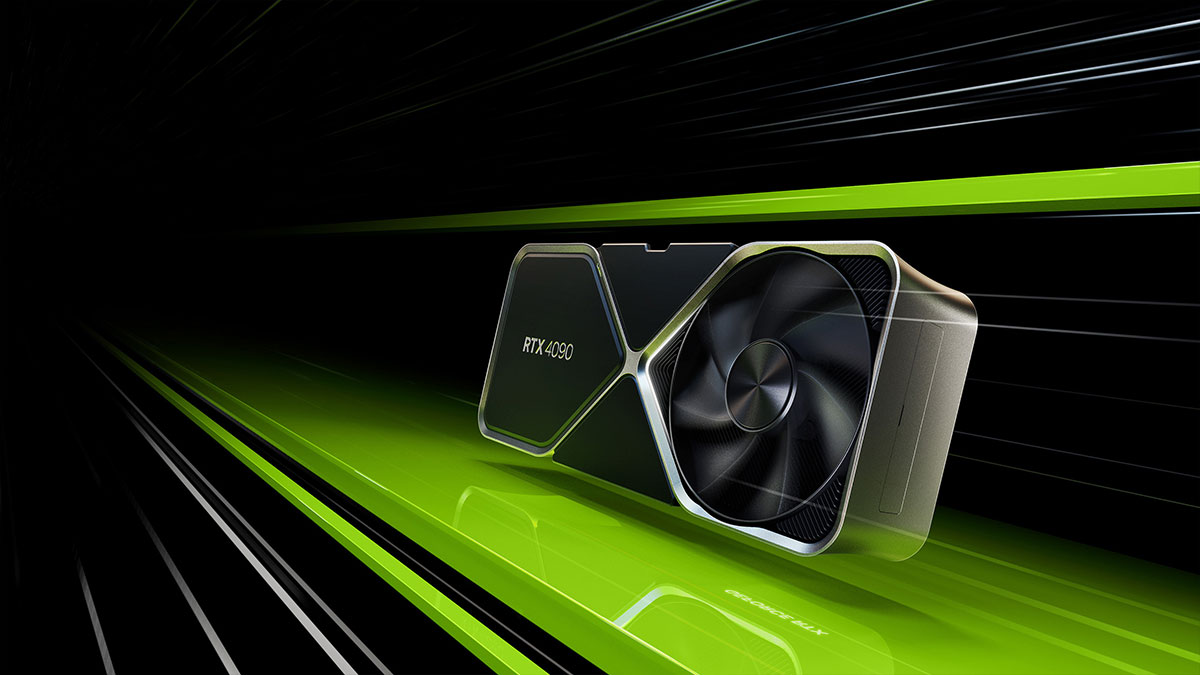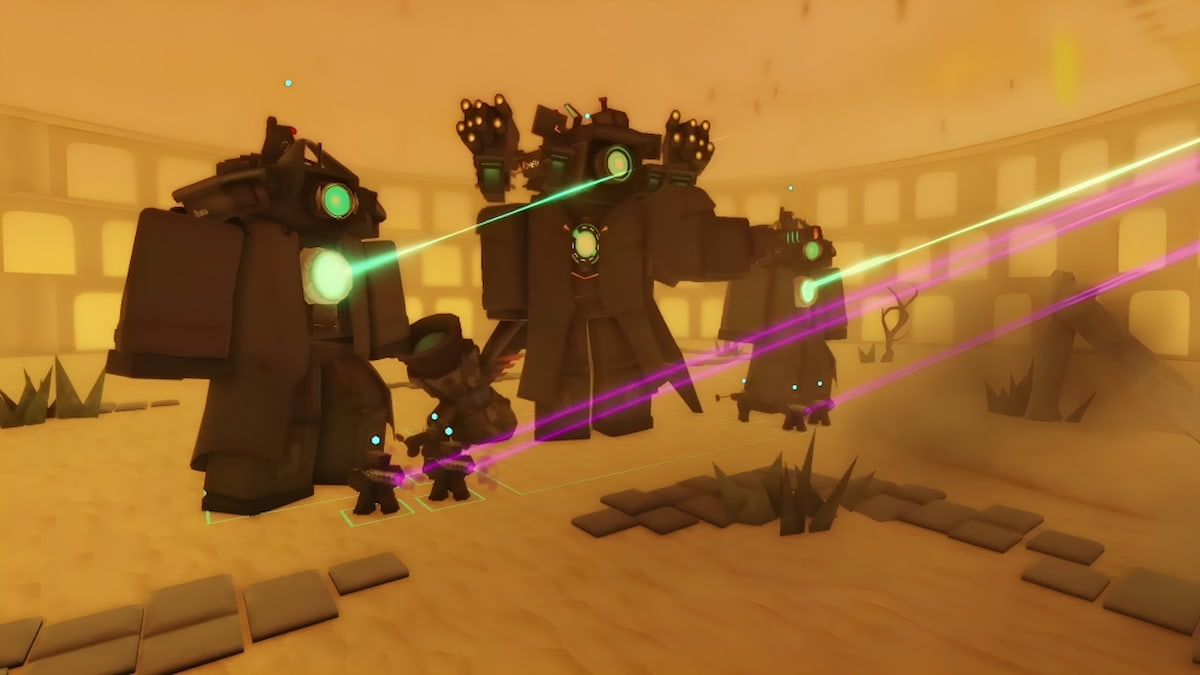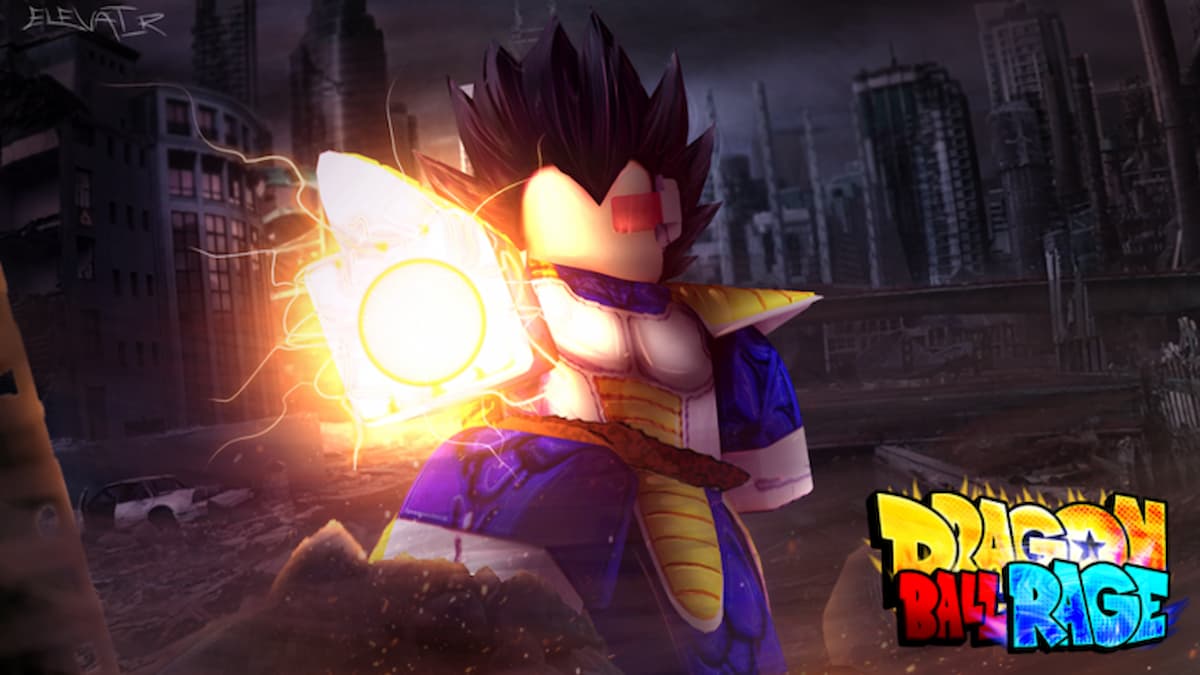The world of computer components has felt upside-down since 2016. Between the gargantuan rise of crypto mining and the pandemic, graphic card companies have been struggling to find enough computer chips while satisfying an unprecedented demand. This happens against the backdrop of companies continuing research to offer more power, and both Nvidia and AMD vying for consumer interest. Find yourself befuddled no more: here are the best graphics cards for gaming.
Related: How to do a Twitch stream from your PC
#5 — Radeon RX 6700 XT

- Starting at $370
- Ideal budget card
The Radeon RX 6700 XT should have been marketed as Radeon’s answer to Nvidia’s RTX 3060 Ti, slightly eking out a better performance while maintaining an attractive price point. Instead, AMD tried to market it against the 3080s and is considered to have lost the battle. However, gamers looking to play nice with their wallets shouldn’t remove this card from the lineup as a satisfactory solution to rendering modern games. You won’t be pushing the frames that newer cards offer, but it’s also next to impossible to find an equal at this price point.
The 6700 XT has 12GB of GDDR6 clocked at 16 Gbps and draws 230 watts. 2,560 GPU cores help this card eke out fantastic 1080p quality. The big selling point of the 6700 XT is its price-to-performance ratio, and overclocking (even at factory settings) can boost performance further. This card can handle Red Dead Redemption 2 at 1440p and keep frames slightly above 60 fps, outperforming the 3060 Ti and offering slightly less power than the 3070.
#4 — GeForce RTX 3070

- Starting at $500
- Decent price-to-performance ratio
A step up from the low (but respectable) 3060 line, yet not as high as the 3080, the GeForce RTX 3070 walks a thin yet manageable line between performance and price. This card manages to maintain 144fps on most modern titles with only a few tweaks needed on options to maximize the bang for the buck. It can pull 4K, but not at the higher refresh rate expected for PC gaming. This card is recommended for titles such as Hitman 3 to pull off gorgeous raytracing, so it’s a safe bet that this card is a good choice for hobbyists looking for a middle-of-the-road pick.
The 3070 offers some decent specs for the more mechanically-inclined: 5,888 CUDA cores clocked at 1.73GHz with 8GB GDDR6 memory standard means the card can handle a lot more than others would initially give it credit for. Reaching above 100 fps in Cyberpunk 2077 with raytracing is an impressive feat, although it does notably task this card out heavily. This card may not be the future-proofing solution that many hope for, but it should fare very well for the next few years.
#3 — Radeon RX 6800 XT

- Starting around $600
- Crushes 4K with impressive VRAM
The Radeon RX 6800 XT is currently one of the best AMD cards on the market. The 6800 XT can outperform the 3080 while costing around $200 less. The downside is that, compared to Nvidia, the AMD technologies simply haven’t caught on. The 6800 XT offers weaker ray tracing, and the industry hasn’t adopted FSR as readily as AMD would hope. Still, it’s challenging to find a stronger card than this, and impossible to find a stronger card at this price point.
With 4,608 GPU cores, 16GB GDDR6 clocked at 16 Gbps, and pulling 300 watts, the 6800 XT is beyond reasonable for modern gaming, even when pushing frames per second above 120. The only downside of this card, aside from the weaker ray tracing (which isn’t too harsh), is that AMD is scheduled to reveal its next flagship card relatively soon. Assuming it follows in the traditional footsteps of AMD, that card will likely push more power than the 6800 XT while still being budget-friendly.
#2 — GeForce RTX 3080

- Starting around $750
- Extremely reliable last-gen card
It’s overkill if you aren’t pushing past 1080p and 60fps, but the Nvidia GeForce RTX 3080 is top of the line when it comes to gaming. The 4090 is more recent, but widespread reports of burning and melting cards make it a very difficult recommendation for that series. Still, the 3080 is the go-to as the price is no objection: you can max out the vast majority of modern graphic options in-game, and it’s a relatively future-safe choice as the 40-series has crashed and, on more than one occasion, literally burned. Oddly enough, this has turned out to be a benefit for hobbyists looking closely at a modern RTX.
The 3080 is a powerhouse, last generation or not: 8,704 GPU cores with 10GB GDDR6X clocked at 19 Gbps with a 320-watt pull gives it a bit more bang than AMD’s best card. The Ampere architecture is now outdated compared to the current-gen, but that doesn’t stop this card from performing well when anything is thrown at it. If you’re concerned about power, you can upgrade this selection to the 3080 Ti for that little bit more oomph.
#1 — Radeon RX 6950 XT

- Starting around $900
- If raytracing is overrated but too much isn’t enough
The 6950 XT is AMD’s best card currently on the market, bar none, but it does have noticeably less weight when figuring its price-to-performance compared to other AMD cards. The 6950 punches about the same as 6900 XT, but offers a higher clock speed and higher Gbps. Still, you’re not getting the raytracing that one would hope for with a card of this caliber, and AMD-specific technologies are still simply not as widespread as Nvidia technologies. If raytracing isn’t as important to you, however, this is the card to beat on the market.
The Radeon RX 6950 XT is a beast for workloads not including raytracing, where anything from gaming to 3D rendering and modeling can be handled with ease. With 5,120 cores clocked at 2,310 MHz and a whopping 16GB GDDR6 18 Gbps, and pulling a similarly hefty 335 watts, the 6950 easily competes against other high-end cards from Nvidia. The singular issue with this card is that both the Navi 31 and RDNA 3 are to come out by the end of 2022, the performance of which is expected to relegate this card to the back shelf.







Published: Nov 3, 2022 07:27 pm